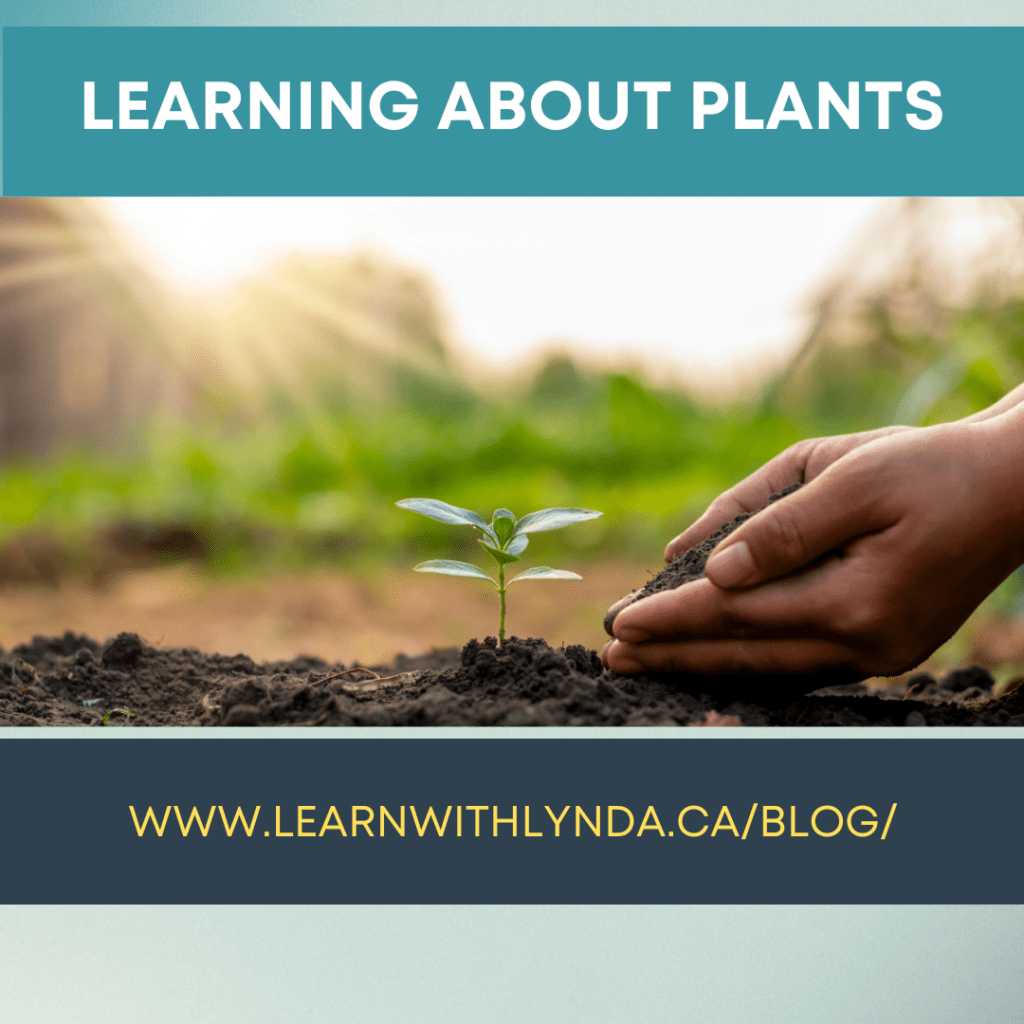One of the Saskatchewan Grade 1 Curriculum Outcomes focuses on the Needs and Characteristics of Living Things. In order to make the learning more hands on, I involve the students in various learning about plants experiences.
Hands-On Learning About Plants
Hands-on learning brings science to life for young learners. When children can touch, observe, and experiment, they develop a deeper understanding of the natural world. I find that teaching about plants through these type of experiences allows students to explore the concepts in a more meaningful way.
Here are some engaging, hands-on activities to help primary students learn about plants while fostering curiosity and critical thinking.
Planting Seeds and Watching Them Grow
One of the simplest yet most powerful ways I teach about plants is by having students grow their own. I provide each child with a small cup or pot, soil, and seeds (such as beans, sunflowers, or grass) and then guide them through the planting process. Through the process, we discuss what plants need to grow: soil, water, sunlight, and air.
I extend the learning by asking students to make daily observations, record growth in a plant journal, and sketch changes over time. This activity helps children document their thinking and learning.
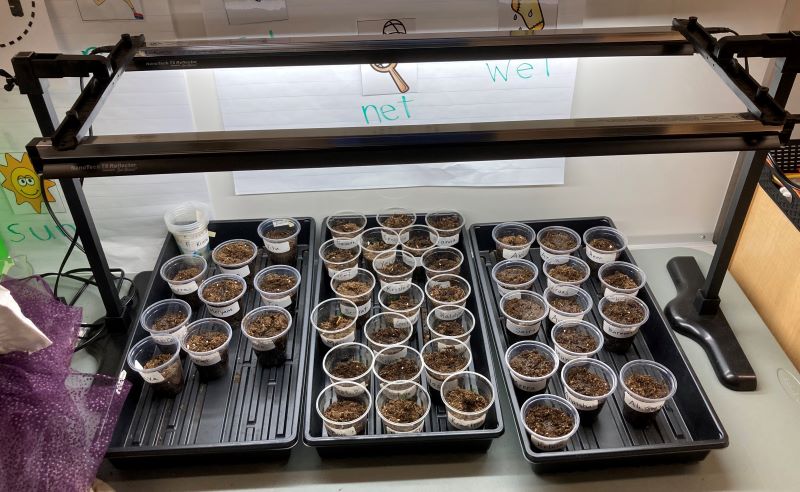
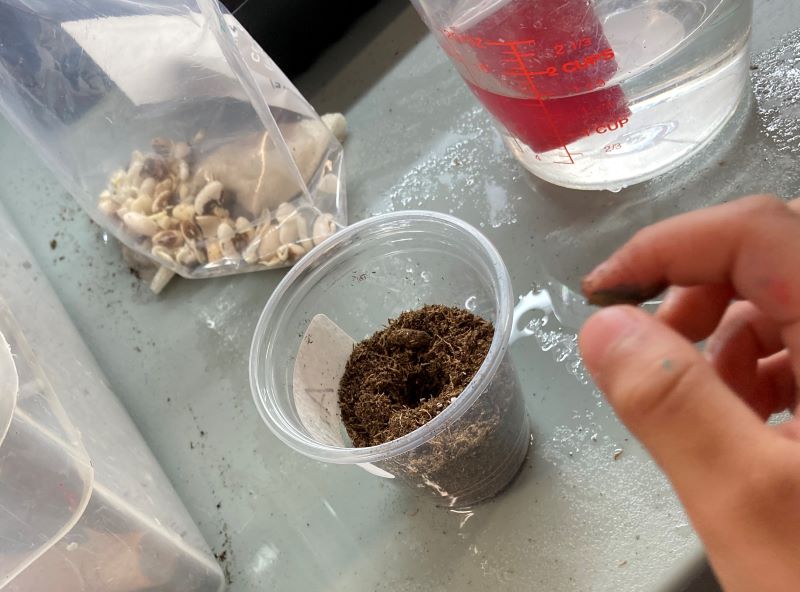
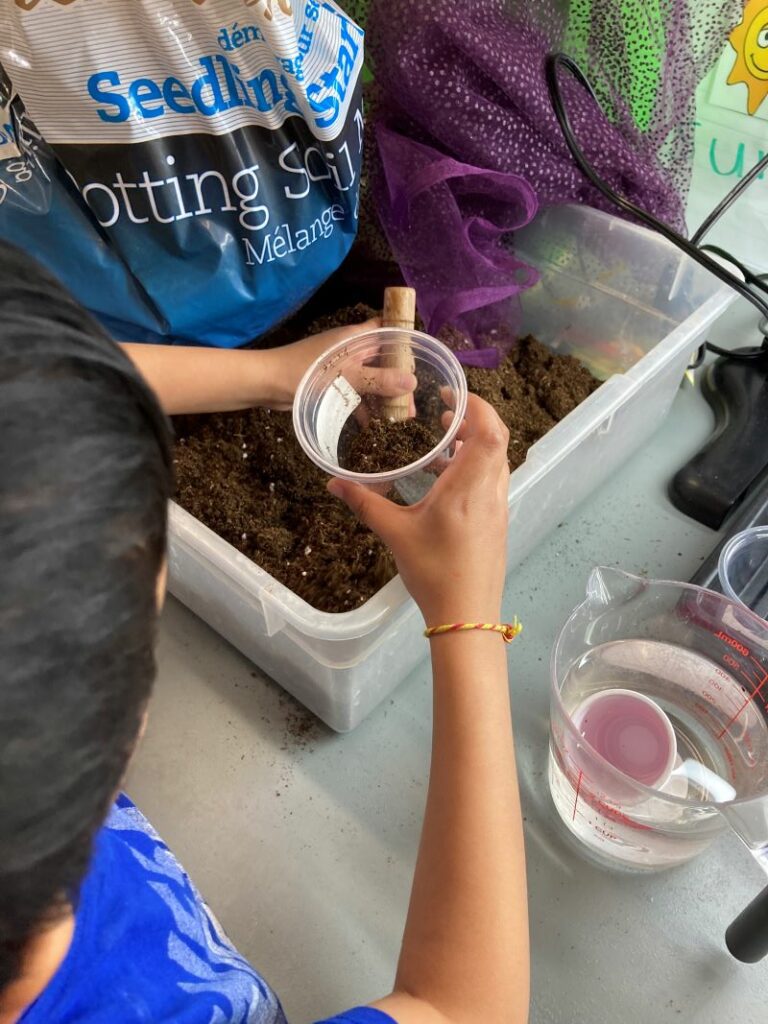
Investigating How Plants Drink Water This
This simple experiment involves using celery or white flowers and colored water. Place the plant stems in dyed water and observe how they change color over time. This fun experiment visually demonstrates how plants transport water through their stems.
Comparing Different Types of Seeds
Provide students with a variety of seeds, such as pumpkin, sunflower, and peas. Invite students to compare size, shape, and texture, then predict what kind of plant each seed will grow into. This sorting and classifying activity encourages critical thinking and pattern recognition
Discussion Slides
I use discussion slides to build background knowledge and encourage discussion with my students. Using the slides saves me planning time. Here are a few examples of the slides I use when discussing the needs and characteristics of plants.
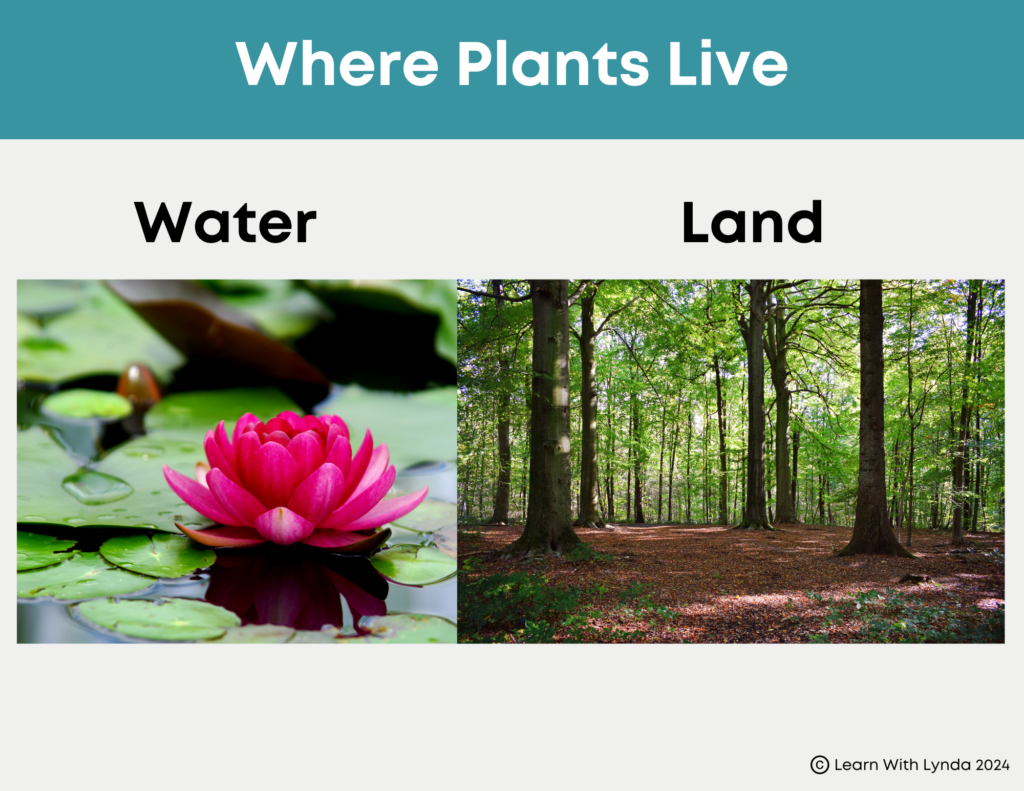
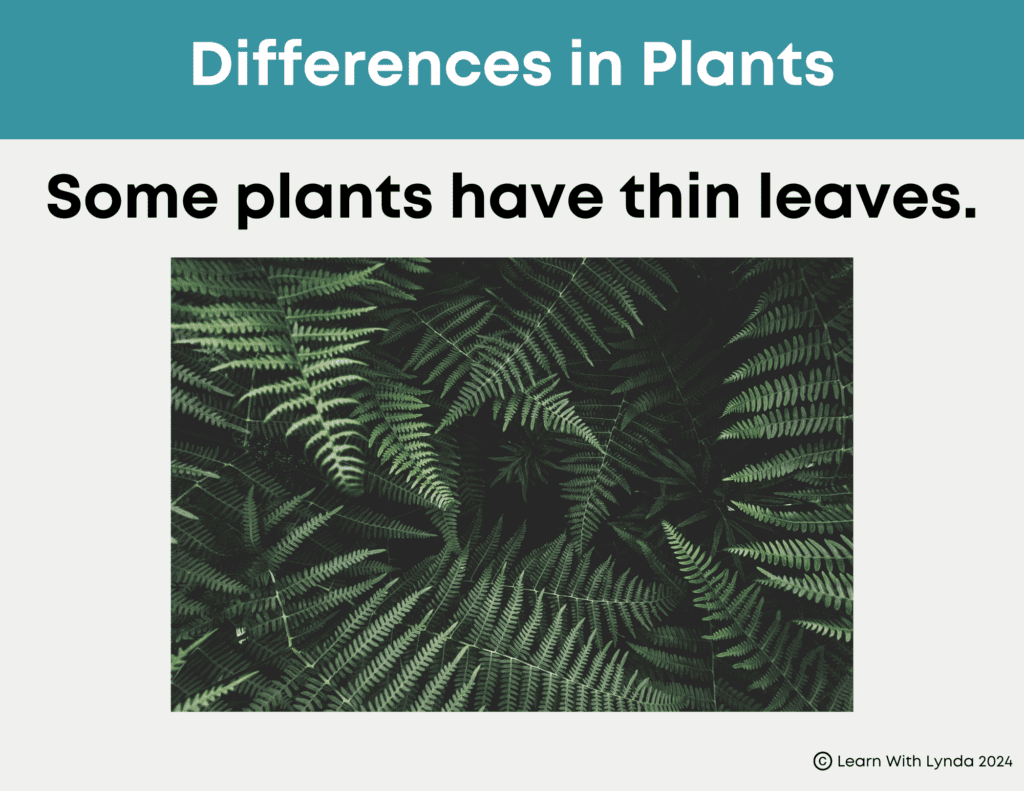
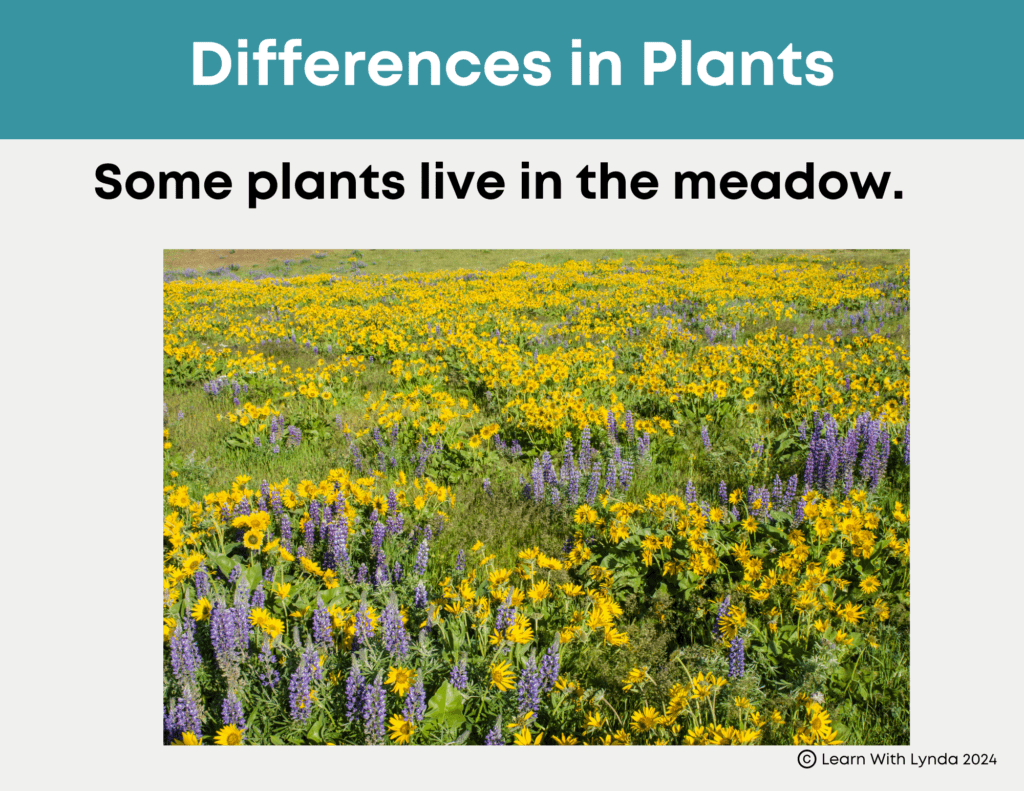
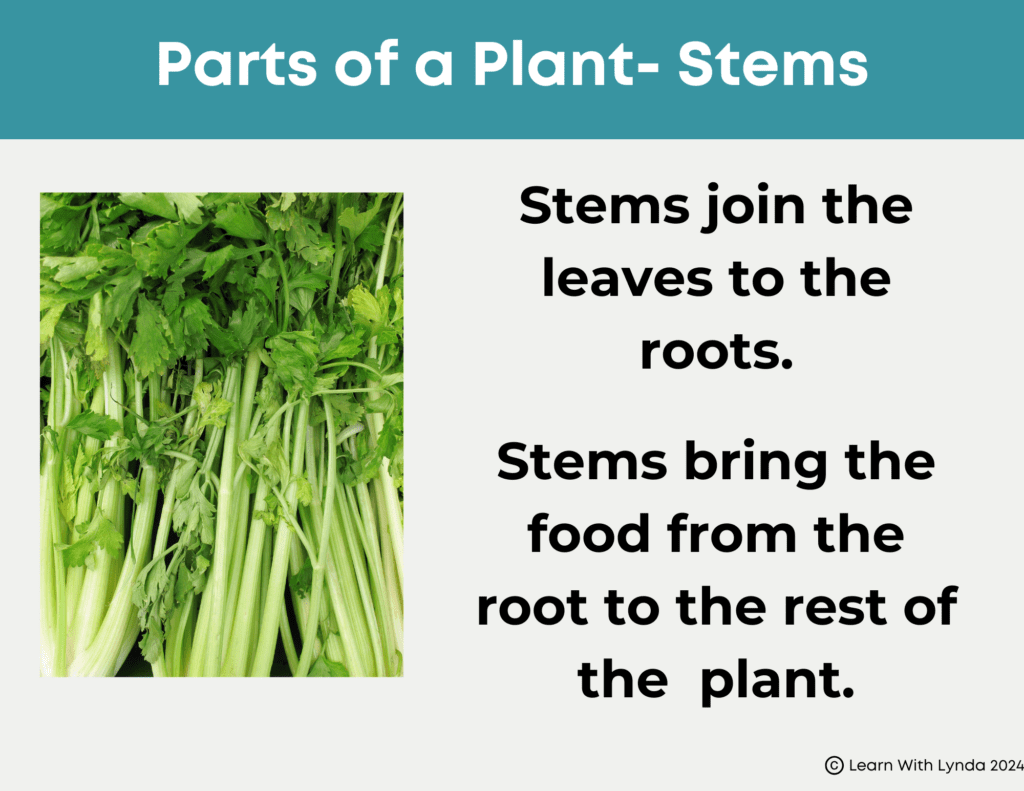
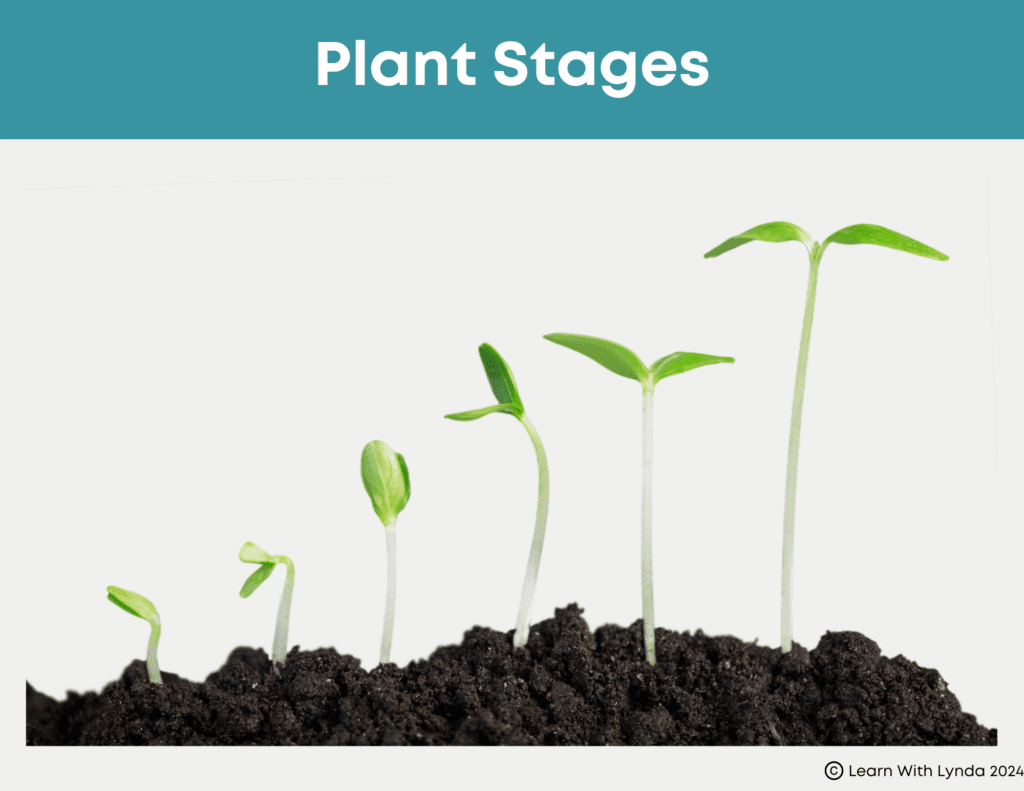

Here is the link to my discussion slides for this topic.
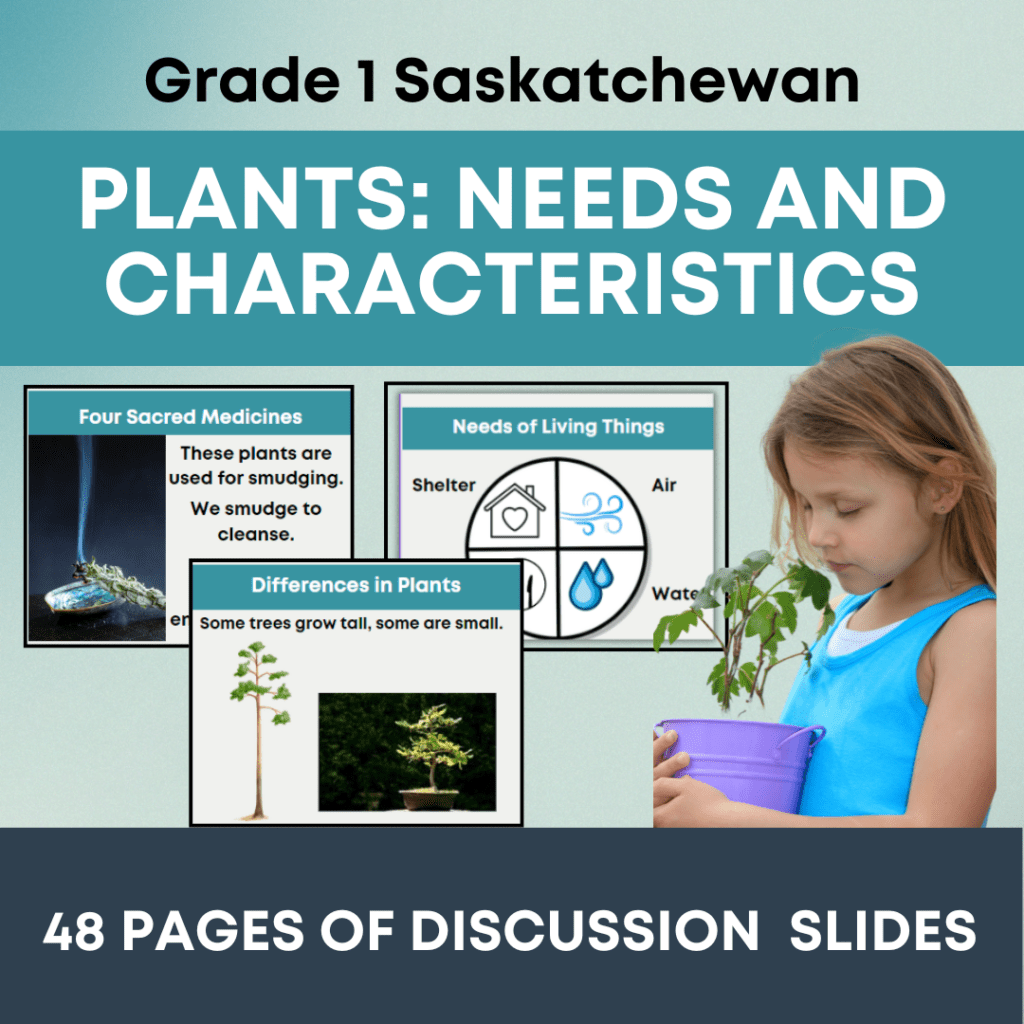
Hands-On Learning Creates Lasting Understanding
Engaging students in hands-on activities makes learning about plants more exciting and memorable. By allowing children to experiment, observe, and interact with planting, we can help them build a strong foundation in science for our young learners.
Happy Learning
Lynda

